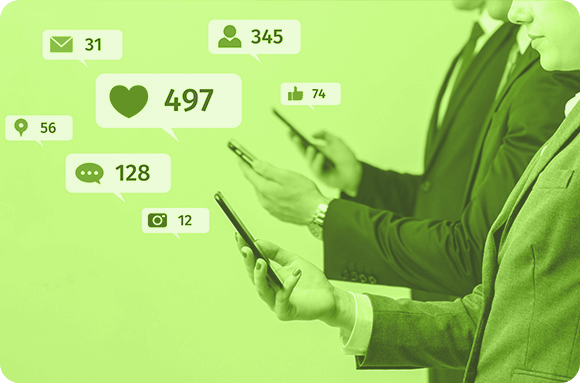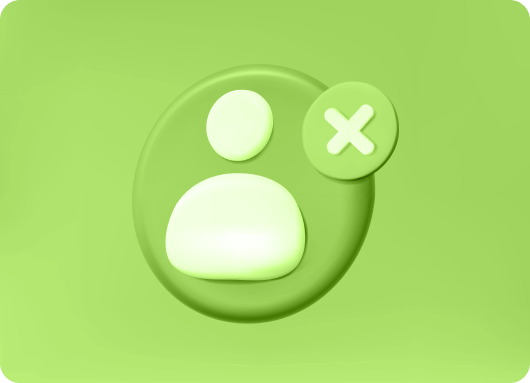Facebook Vs LinkedIn
When it comes to joining and engaging in online communities, are Facebook groups better or LinkedIn groups?
LinkedIn and Facebook have lots in common. With the biggest difference as one is suited for everyday people and the other is specifically for professionals, both are similar majorly. Both have group features that can lead you towards like-minded communities sharing the same interests as you. Let’s compare both platforms to know which is better?
Target Audience
User base on LinkedIn Group varies between different professional industries since it is geared towards professionals. These groups are typically active during the traditional working hours of the weekdays. Time zones in every country are different so there should be a little practice with different groups in different times of the day when the user base is most active. Every ‘About Us’ page of every LinkedIn group has the relevant information regarding its users and its general operation procedure.
Facebook, on the other hand, has anyone as its target audience. The groups on this platform are filled with millions of users discussing the same interests or talking about a common subject. There are almost three billion monthly active users on Facebook according to the reports. Hence, in comparison to LinkedIn groups, groups on Facebook would be more active because of the number of users and their shared interests on the platform.
User Interface
Social media is all about the user experience. User interface is what differentiates one platform from another in terms of usage. Both LinkedIn Groups and Facebook Groups have passable user interfaces since they are both popular social media platforms. Facebook groups have a simple UI where you have a scrolling design that takes you to various posts in chronological order. It also has an option where you can switch between ‘All Posts’ and ‘Recommended Posts’. Recommended posts are more likely to show you your algorithm-based interests in comparison to the all posts section that have everything all your connections have posted. With signposts and multiple post format options, everything is pretty basic on facebook groups.
Facebook groups designs are bloated in comparison to LinkedIn groups. You can have the option of sorting comments on a particular LinkedIn group post from ‘Most Recent’ to ‘Top Recent’. On the left side you see the list of all the groups you are active on or navigate to and on the right side you can see media-based posts. Facebook has a more cluttered user interface because of greater functionality of the platform.
Quality of Content
Content of any social media platform cannot just simply be labeled as good or bad. It is a subject subject-matter. If you are interested in joining a particular Facebook or LinkedIn group to connect with intellectual people, the quality of content on that platform matters when it comes to discussing interests and hobbies. Facebook groups generally have average quality content. LinkedIn groups, on the other hand, have more refined, formal and business-oriented, to-the-point content.
Facebook groups’ content may have a lot of emotional quality to it while LinkedIn groups’ content will lack emotions and be more directly practical. Moreover on Facebook groups diversity of discussion is vast even within the single discussion topic while on LinkedIn groups discussion ground is too narrow. On Facebook groups, the role of moderators also greatly impacts the kind of content discussed and posted. On LinkedIn, the type of content promoted by brands in groups is done to generate potential consumers.
Facebook Groups and LinkedIn Groups have their own advantages and disadvantages. Facebook Groups are more informal and allow for a more relaxed environment. They are also more accessible to people who are not connected to the group's specific niche or industry. However, Facebook groups have a higher chance of becoming inactive due to less engagement. LinkedIn Groups, on the other hand, provide more structure in terms of content and membership requirements. They also require a paid subscription which can be a deterrent for some users. LinkedIn groups tend to be more active than Facebook groups because they have better engagement and interaction with their members.








